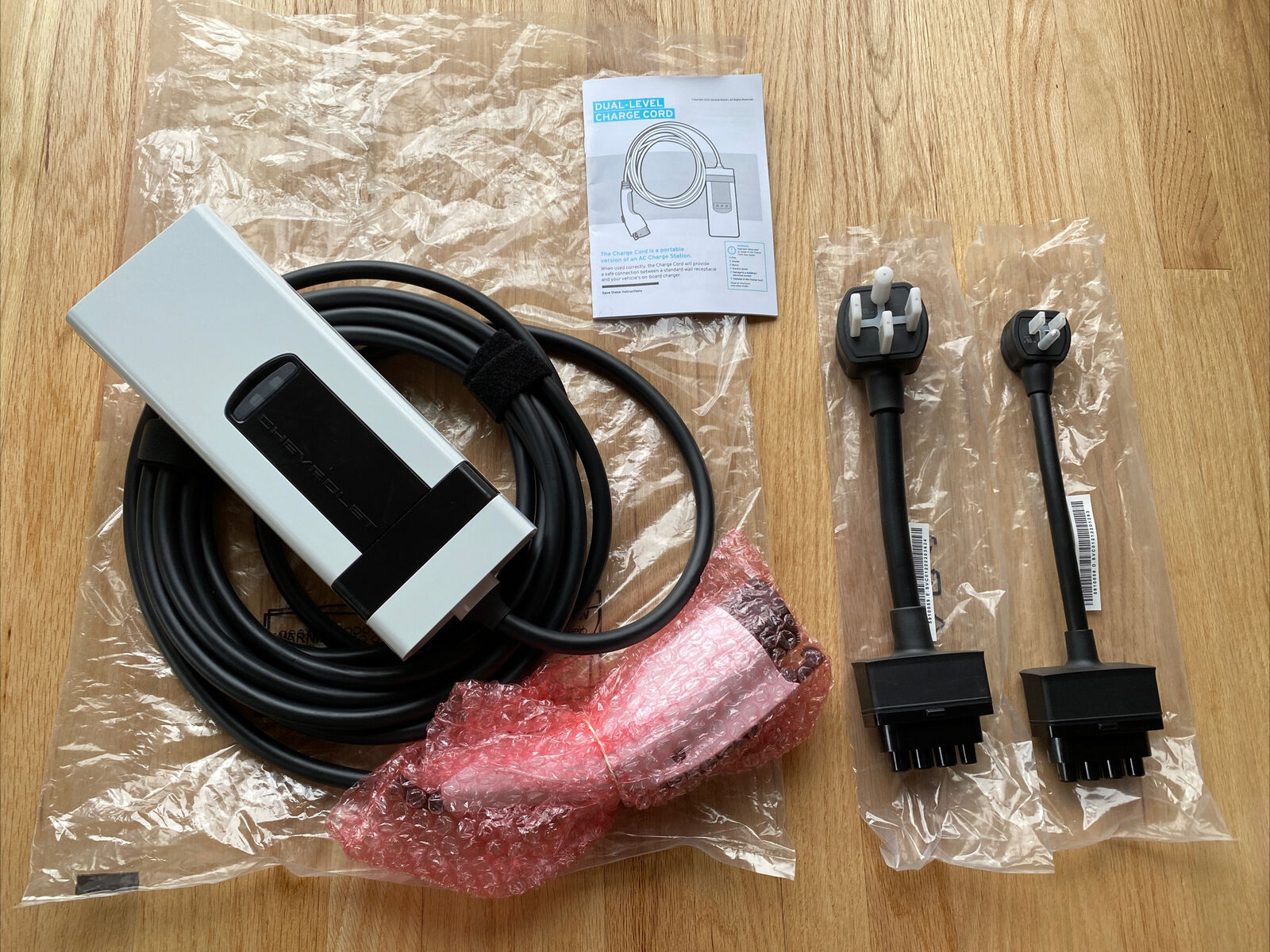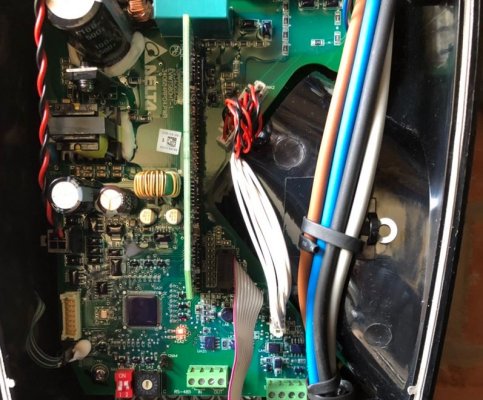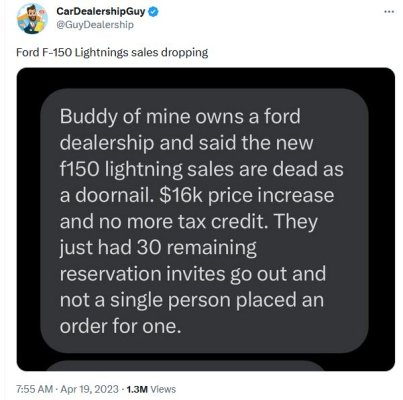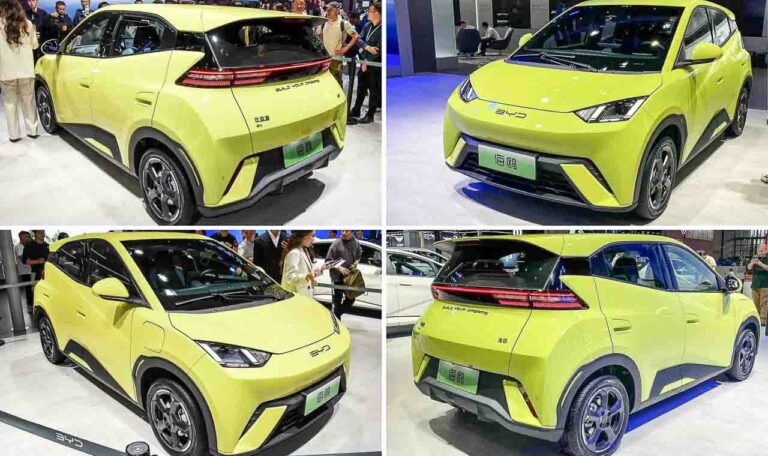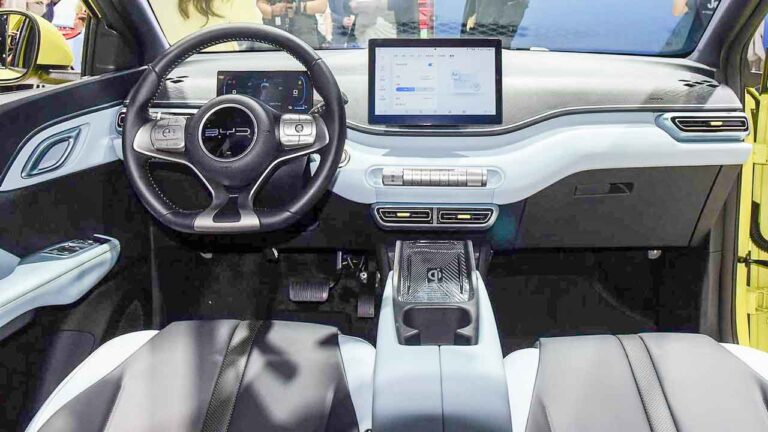REWahoo
Give me a museum and I'll fill it. (Picasso) Give
Which one of these are you referring to? Which one (or both?) died?
^ This part, which is commonly, yet incorrectly, referred to as the charger. Since the audience on this thread tends, IMO, to be somewhat technically savvy, I chose the less common but more accurate term for what failed.EVSE or Electric Vehicle Supply Equipment
The term EVSE, or electric vehicle supply equipment, is defined as any device that enables the safe transfer of energy between the local power supply and an electric vehicle.
The actual charger, located inside the EV, is fine. The EVSE wasn't plugged into the car when it failed.
Last edited:

